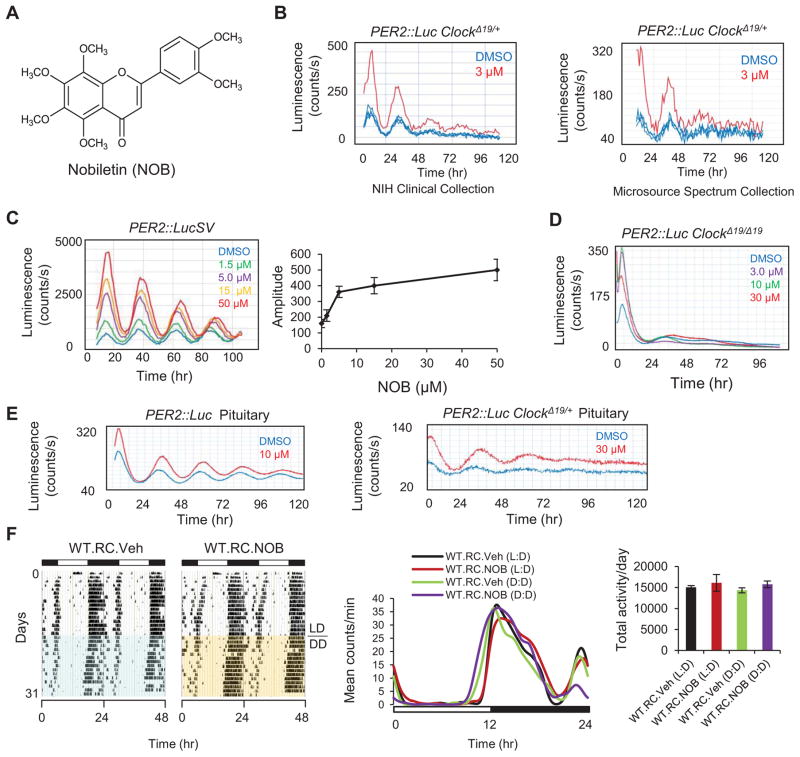Figure 1. Nobiletin (NOB) enhances amplitude of circadian rhythms.
(A) Nobiletin (NOB) chemical structure. (B) Primary screening of the NIH Clinical Collection (left) and Microsource Spectrum Collection (right) showing enhancement of the PER2::Luc ClockΔ19/+ reporter rhythm by NOB. (C) Left: Dose-dependent effects of NOB on reporter rhythms from PER2::LucSV cells. Right: Quantification of amplitude response to NOB doses. (D) NOB was not able to rescue reporter rhythms in PER2::Luc ClockΔ19/Δ19 fibroblast cells. (E) Clock-enhancing effects of NOB in pituitary explants from PER2::Luc WT (left) and PER2::Luc ClockΔ19/+ (right) reporter mice. (F) Left: Actograms illustrating the effect of vehicle or NOB on circadian behavior in RC-fed WT mice (n=5). Middle: Average wave plots summarizing wheel-running activity during 12–14 days of LD (12hr light, 12hr dark) or DD (Constant darkness) for indicated genotypes (n=5). Right: Daily total wheel-running activity during L:D or D:D conditions for the indicated genotypes (n=5). Data are represented as mean ± SEM.

